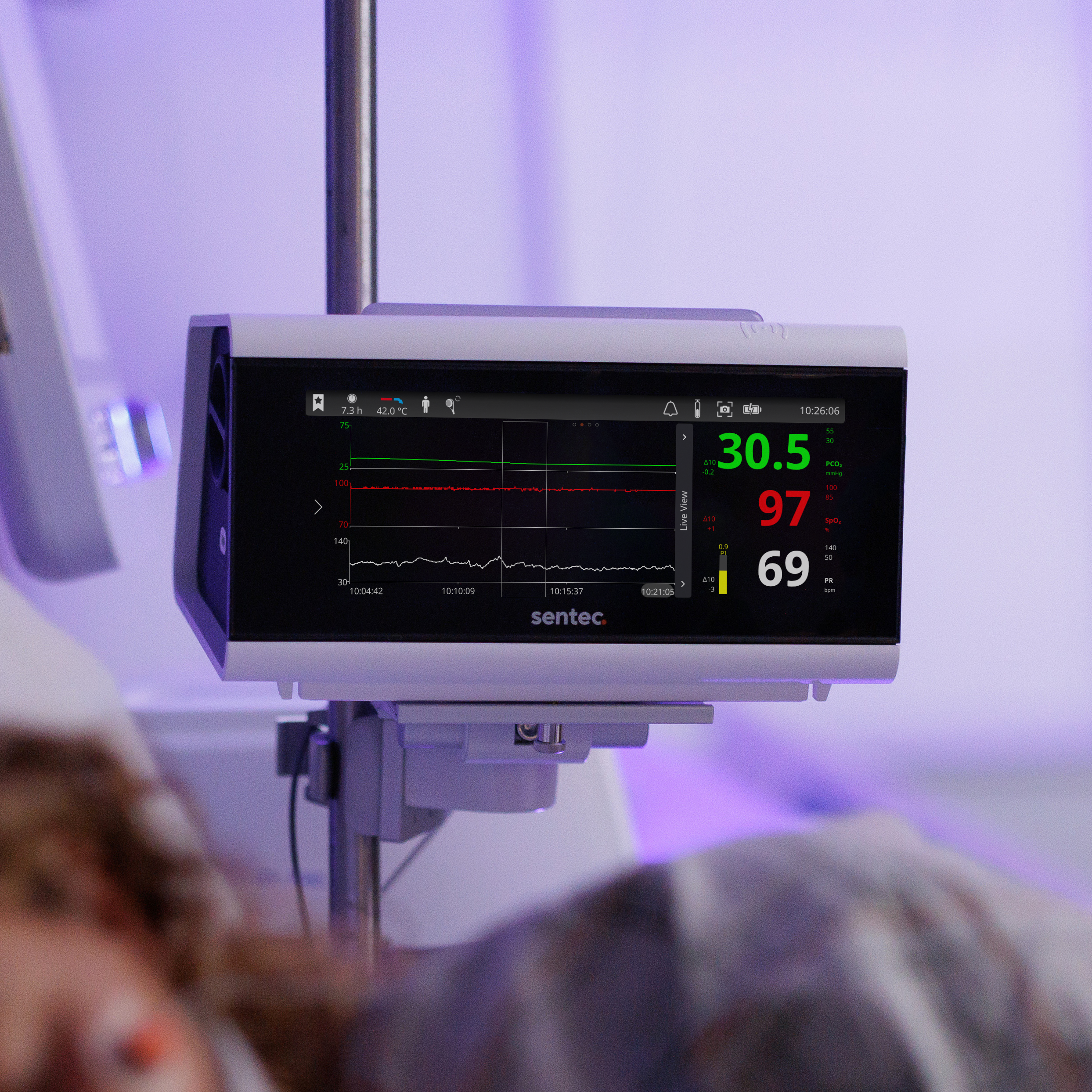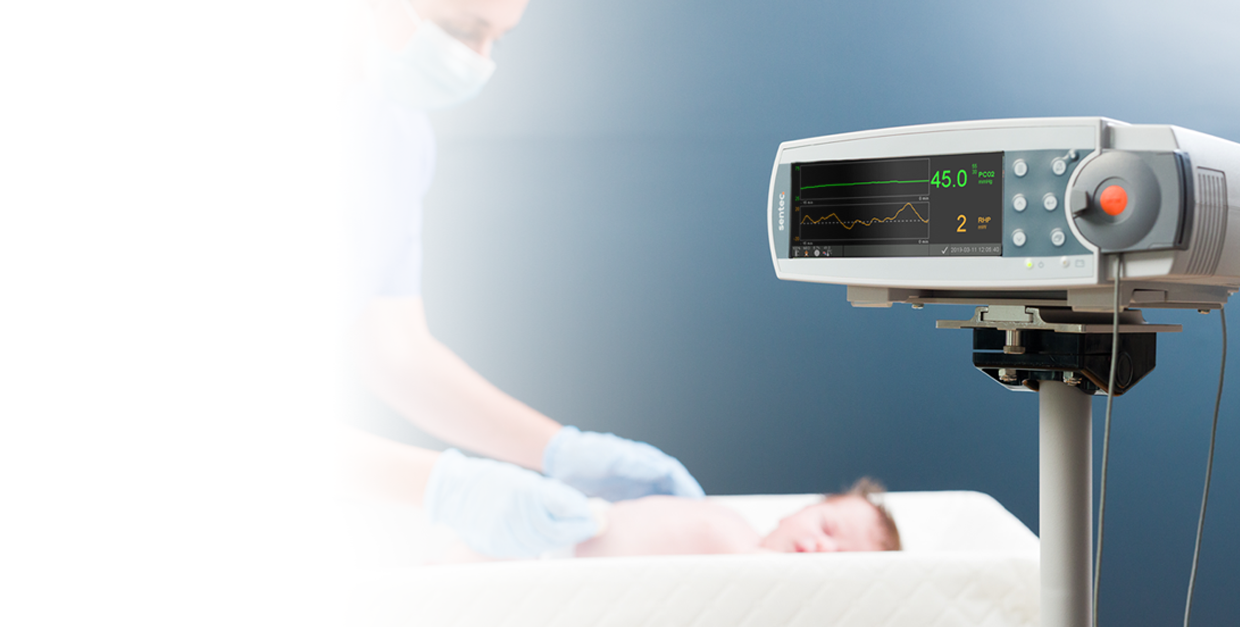MENU
- Clinical Impact Summary
Transcutaneous Monitoring in the PICU: Clinical Impact & Utility
By overcoming the limitations of end-tidal CO2 and providing better compatibility with all modes of ventilation, transcutaneous CO2 monitoring helps clinicians assess patient condition and the efficacy of treatment and ventilatory support strategies.
- Whitepaper
Clinical Applications of Transcutaneous Monitoring for Children’s Hospitals
Transcutaneous CO2 monitoring (tcPCO2) is considered by many neonatal teams to be standard of care in the NICU for intubated patients – but many children’s hospitals utilize this technology across many more patient types and care settings. This document explores tcPCO2 in clinical settings, demonstrating the impact that this technology can have throughout a children’s hospital.
- Product Spotlight
Attachment Solutions For Transcutaneous CO2 Monitoring
The Sentec suite of attachment options for transcutaneous CO2 monitoring allows care teams to confidently choose solutions that support the clinical priorities of each patient — across populations and care settings.
- Sentec Article
5 Keys to Success in Adopting Transcutaneous Monitoring
Learn more about how a level IV NICU team was recently successful in developing an all-encompassing strategy to drive consistent utilization of transcutaneous monitoring with the goal of improving patient care.
- Sentec Article
Is It Time to Reconsider Transcutaneous CO2 Monitoring for Your Unit?
In NICUs, PICUs, and sleep labs around the world, transcutaneous monitoring has increasingly become a trusted tool for continuous, noninvasive CO2 measurement. The technology can help reduce the need for frequent blood draws, enable proactive ventilator management, and offer additional benefits as care teams support diverse patient populations.
- Sentec Article
How Often Should PCO2 Be Monitored in Chronic Hypercapnic Patients? Are Current Practices Enough?
Chronic hypercapnia, characterized by elevated levels of CO2, poses a significant challenge for individuals with conditions like chronic obstructive pulmonary disease (COPD), neuromuscular disorders (NMD), and obesity. Although the negative effects of chronic hypercapnia are widely acknowledged, researchers at the University of Michigan are shedding light on the true urgency of its management.
- Whitepaper
Challenging Patients, Limited Visibility: Prioritizing NIV in the PICU
This whitepaper discusses three pediatric patient populations that are difficult to manage on mechanical ventilation and how continuous monitoring of CO2 can serve as a powerful tool to support noninvasive ventilation (NIV) strategies and therapies in the PICU.
- Product Spotlight
Storage, Mounting, and Facility Planning for Transcutaneous Monitoring
There is a long list of decisions to make when adopting new technology in a hospital unit, and transcutaneous monitoring is no exception. Some of the most overlooked decisions in our experience are those around mounting and storing the devices both during monitoring, while not in use, as well as for performing maintenance.











